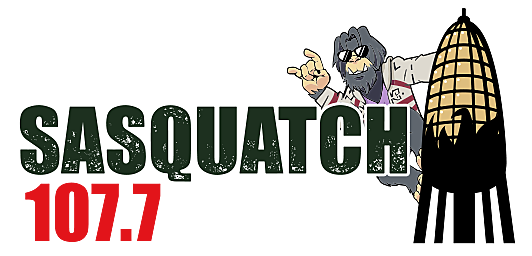
Volunteers Needed Now In Minnesota For DNR Loon Survey
If you love wildlife and spending time outdoors, you can put those passions to good use with the Minnesota Department of Natural Resources.
You probably know that the loon is Minnesota's state bird, which became official in 1961. However, you may not know that loons are good indicators of water quality because they need clean, clear water to catch food. They're sensitive to disturbance and lakeshore development while being indicators of the effect of contaminants like mercury and lead in the environment,
They're also a lot of fun to watch and that's where the Minnesota Loon Monitoring Program, a long-term project of the Nongame Wildlife Program, comes into play. It utilizes hundreds of volunteers to collect information about common loon numbers on more than 600 lakes. These lakes are distributed among six regions.
The Minnesota Loon Monitoring Program Needs Volunteers Now
The Minnesota DNR recently announced they need volunteers to help monitor the loon population in Aitkin, Cook, Crow Wing, Itasca, and Lake counties in northeastern Minnesota.
Volunteers are needed for a minimum of one morning during the June 28 through July 8 monitoring period, to count the number of adult and juvenile loons on pre-selected lakes.
Volunteers can choose one or more lakes on which to count the number of adult and juvenile loons. They then report these observations to the DNR for data analysis.
Aitkin and Crow Wing County lakes that need volunteers include:
- Lily
- Spruce
- Sweetman
- Thirty-One.

Cook and Lake County lakes that need volunteers include:
- Artlip
- Bonanza
- Bulge
- Caribou
- Cross River
- Dick
- Fox
- Little Wilson
- Peterson
- Rice
- Slip
- Silver
- Silver Island
SEE NOW: The Truth About Ocean Fish Swimming In Minnesota Lakes
Itasca County lakes that need volunteers include:
- Batson
- Big Island
- Bill’s
- Doan
- Ethel
- Highland
- Little East
- Pear
- Pickeral
- Plum
- Snow
- Unnamed Lake 31-0661
The time commitment is one to four hours per lake. Each lake’s survey must be done between 5 a.m. and noon on a single day per lake of the volunteer’s choosing during the June 28 to July 8 monitoring period.
Volunteers must commit to completing one or more assigned lakes and are encouraged to consider participating in the program for multiple years. Surveys can be conducted from shore on smaller lakes or by boat or canoe on larger lakes.
Volunteers use an online system to reserve and manage their lake assignments, view maps and information for their lakes, and print data collection sheets.
Click the button above to sign up as a survey volunteer and select a lake.
SEE NOW: The Best Lakes To Skinny Dip In Minnesota + Wisconsin
LOOK: 11 tick-borne illnesses and what to watch out for during your outdoor adventures
Gallery Credit: Martha Sandoval

Why do giraffes have long necks? Answers to 25 animal evolution questions:
Gallery Credit: Stacker
